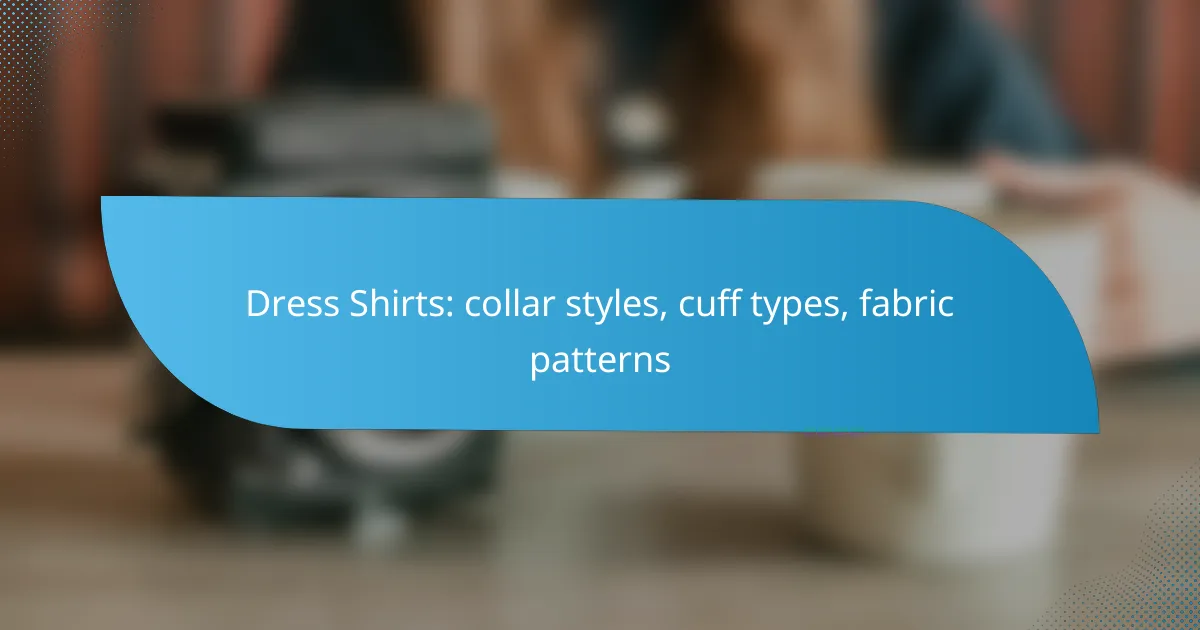Flannel shirts are a staple for cooler weather, known for their ability to retain warmth through a unique fabric structure that traps air and insulates. Their soft fibers not only provide comfort but also make them perfect for layering with t-shirts, sweaters, and jackets, enhancing their versatility across seasons. Whether for casual outings or outdoor activities, flannel shirts combine style and functionality, making them a seasonal favorite.

How do flannel shirts retain warmth?
Flannel shirts retain warmth primarily through their fabric structure, which traps air and creates insulation. The soft fibers of flannel help to keep heat close to the body, making them ideal for cooler weather.
Insulating properties of cotton flannel
Cotton flannel is known for its excellent insulating properties due to its brushed texture, which increases the surface area and enhances heat retention. The fibers create tiny pockets of air that act as a barrier against cold temperatures. This makes cotton flannel a popular choice for layering in chilly conditions.
Additionally, cotton is breathable, allowing moisture to escape while still providing warmth. This balance helps to keep the wearer comfortable without overheating.
Layering benefits for heat retention
Flannel shirts are versatile for layering, which is essential for effective heat retention. Wearing a flannel shirt over a thermal base layer can significantly enhance warmth, as the combination traps more heat. This layering approach allows for easy adjustments based on activity levels and temperature changes.
For optimal warmth, consider pairing a flannel shirt with a lightweight jacket or sweater. This not only adds insulation but also provides protection against wind and moisture, further enhancing overall comfort.
Comparison with other fabrics
When compared to other fabrics like polyester or wool, cotton flannel offers a unique combination of comfort and warmth. While wool is often warmer, it can be itchy for some, whereas flannel provides a soft feel against the skin. Polyester, on the other hand, may retain heat but lacks the breathability of cotton.
In terms of warmth retention, flannel is generally more effective than cotton alone but may not outperform specialized thermal fabrics. However, its comfort and aesthetic appeal make it a favored choice for casual wear in cooler seasons.

What are the best layering options with flannel shirts?
The best layering options with flannel shirts include pairing them with t-shirts, sweaters, jackets, and coats. These combinations enhance warmth retention and versatility, making flannel shirts suitable for various seasons and occasions.
Flannel with t-shirts and sweaters
Layering flannel shirts with t-shirts creates a casual yet stylish look. Opt for lightweight cotton t-shirts underneath to allow breathability while maintaining warmth. For colder days, adding a sweater on top of a flannel shirt provides extra insulation and a cozy feel.
When choosing sweaters, consider crew necks or cardigans that complement the flannel’s pattern and color. Neutral shades often work well, but don’t shy away from contrasting colors for a bolder appearance.
Flannel under jackets and coats
Flannel shirts serve as excellent base layers under jackets and coats, especially during chilly months. A fitted flannel can easily slide under a denim or leather jacket, providing warmth without bulk. For added insulation, consider longer coats, such as parkas or trench coats, which can accommodate the flannel’s thickness.
When layering with outerwear, ensure the jacket’s fit allows for movement. A slightly looser fit will prevent constriction and maintain comfort throughout the day.
Styling tips for versatile looks
To achieve versatile looks with flannel shirts, play with different textures and colors. Mixing patterns can create visual interest, but aim for a cohesive color palette to avoid clashing. Accessories like scarves or beanies can enhance the overall outfit while providing additional warmth.
Experiment with rolling up the sleeves or leaving the shirt unbuttoned over a t-shirt for a relaxed vibe. These small adjustments can transform a standard flannel shirt into a fashionable statement piece suitable for both casual outings and more polished settings.

Why are flannel shirts popular in seasonal wardrobes?
Flannel shirts are favored in seasonal wardrobes for their exceptional warmth retention and versatility. They provide comfort and style, making them ideal for layering during colder months.
Fall and winter fashion trends
Flannel shirts are a staple in fall and winter fashion, often seen in various styles and colors. They can be easily layered over turtlenecks or under jackets, allowing for both warmth and style. Popular patterns like plaid add a seasonal touch that complements autumn and winter aesthetics.
Pairing flannel shirts with jeans or chinos creates a casual yet polished look suitable for many occasions. Accessories like scarves and beanies can enhance the outfit while providing additional warmth.
Comfort and style for outdoor activities
Flannel shirts offer comfort and style for outdoor activities such as hiking, camping, or casual gatherings. Their soft fabric feels great against the skin, while the breathable material helps regulate body temperature during physical exertion.
When choosing a flannel for outdoor use, look for options with moisture-wicking properties or added insulation. This ensures you stay dry and warm, enhancing your overall experience in nature.
Brand examples: Patagonia, L.L. Bean
Patagonia and L.L. Bean are two well-known brands that offer high-quality flannel shirts. Patagonia focuses on sustainable materials and ethical production, making their flannels not only stylish but also environmentally friendly.
L.L. Bean is renowned for its durability and classic designs, providing flannels that withstand the test of time. Both brands cater to a range of styles, ensuring there’s a flannel shirt to suit every preference and occasion.

What factors should you consider when choosing a flannel shirt?
When selecting a flannel shirt, consider fabric weight, fit, and color options to ensure it meets your needs for warmth, comfort, and style. These factors will help you find a shirt that not only looks good but also performs well in various conditions.
Fabric weight and warmth
The fabric weight of a flannel shirt significantly impacts its warmth retention. Heavier flannels, typically around 6-8 ounces per square yard, provide more insulation, making them ideal for colder weather. Lighter options, around 4-5 ounces, are better suited for layering or milder temperatures.
When choosing a flannel, consider the season and your intended use. For winter outings, opt for heavier fabrics, while lighter flannels can be perfect for spring or fall layering. Always check the fabric blend, as cotton-polyester mixes can offer added durability and warmth.
Fit and sizing options
Fit is crucial for comfort and style in a flannel shirt. Common fits include regular, slim, and relaxed, each catering to different body types and personal preferences. A well-fitting shirt should allow for easy movement without being overly baggy or tight.
When selecting a size, refer to the brand’s sizing chart, as dimensions can vary. If you’re between sizes, consider how you plan to wear the shirt; a slightly larger size can accommodate layers underneath, while a snugger fit may be better for a more tailored look.
Color and pattern choices
Flannel shirts come in a variety of colors and patterns, from classic plaids to solid hues. Choosing the right color can enhance your wardrobe versatility; neutral tones like navy, gray, or black can easily match with other clothing, while brighter colors can make a bold statement.
Patterns also play a role in style. Traditional checks are timeless, while modern designs may feature unique prints. Consider your personal style and the occasions you’ll wear the shirt to ensure it complements your overall look.

How do you care for flannel shirts?
Caring for flannel shirts involves proper washing, drying, and storing techniques to maintain their softness and warmth. Following these guidelines will help extend the life of your flannel garments.
Washing and drying tips
When washing flannel shirts, use cold water and a gentle cycle to prevent shrinking and fading. Avoid bleach, as it can damage the fabric’s fibers. For drying, air drying is preferable, but if you use a dryer, select a low heat setting to minimize heat exposure.
Check the care label for specific instructions, as some flannel may have unique requirements. As a general rule, washing flannel shirts every few wears is sufficient unless they become visibly soiled.
Storing flannel for longevity
To store flannel shirts properly, fold them instead of hanging to avoid stretching the fabric. Keep them in a cool, dry place away from direct sunlight to prevent fading and deterioration.
Using breathable garment bags can also protect your flannel from dust and pests. Regularly check stored shirts for any signs of moisture or mildew, especially in humid climates.

What are the emerging trends in flannel shirts?
Emerging trends in flannel shirts focus on sustainable materials, versatile styles, and innovative designs. Consumers are increasingly seeking eco-friendly options, while layering capabilities and seasonal adaptability remain key factors in their popularity.
Warmth Retention
Flannel shirts are known for their excellent warmth retention, making them ideal for cooler weather. The fabric’s brushed texture traps heat, providing insulation without excessive bulk. Look for shirts with a higher cotton content for better breathability and comfort.
When selecting a flannel shirt for warmth, consider the weight of the fabric. Heavier flannels, typically around 6-8 ounces, offer more insulation, while lighter options are suitable for layering in milder temperatures. Pairing a flannel shirt with a thermal undershirt can enhance warmth during colder months.
Layering Options
Flannel shirts are versatile layering pieces that can be styled in various ways. They work well over t-shirts, under jackets, or even as a standalone piece in casual settings. Opt for a slightly looser fit to allow for comfortable layering without restricting movement.
For effective layering, consider the thickness of the flannel and the materials of the other layers. A medium-weight flannel can easily be paired with a lightweight sweater or hoodie, while a heavier flannel may be best worn under a durable outer jacket. Mixing textures, such as pairing flannel with denim or corduroy, can create visually appealing outfits.
Seasonal Appeal
Flannel shirts have a strong seasonal appeal, particularly in fall and winter. Their cozy aesthetic and warm fabric make them a staple for autumn outings and winter gatherings. Look for seasonal patterns, such as plaids and checks, to enhance the festive vibe.
To maximize the seasonal appeal of flannel shirts, consider color choices that reflect the time of year. Earthy tones like burgundy, forest green, and mustard yellow are popular in fall, while brighter hues may be favored in spring. Accessorizing with scarves or beanies can further enhance the seasonal look while providing additional warmth.










